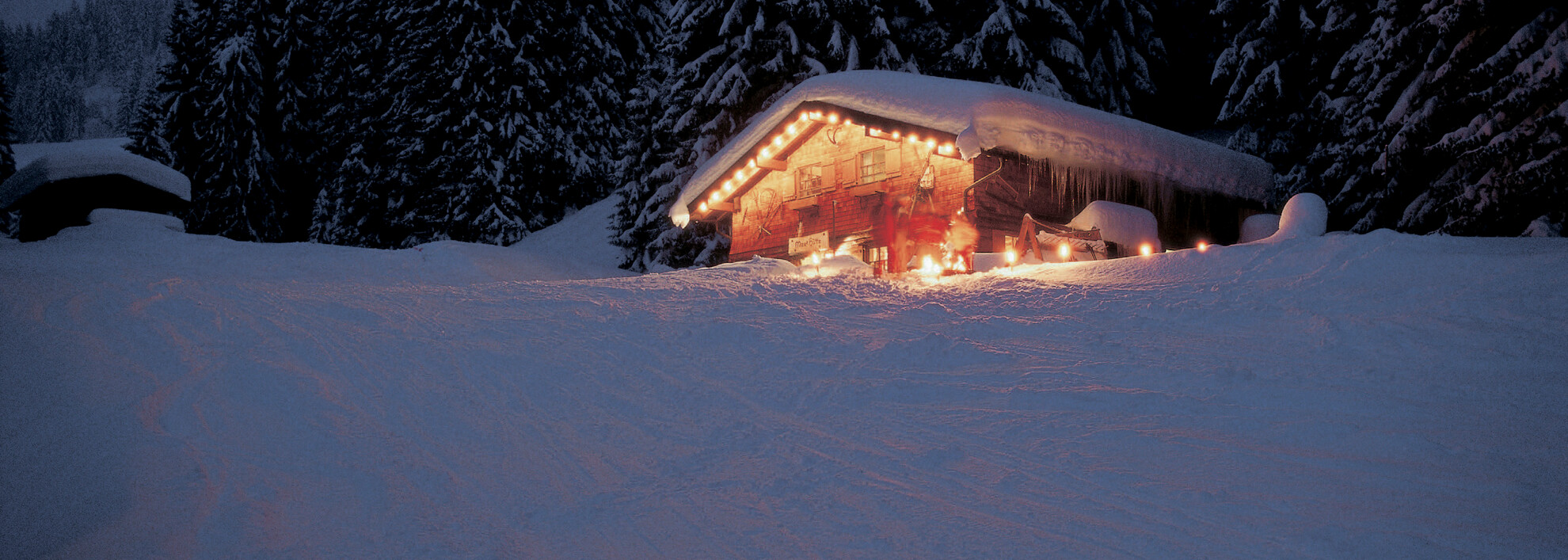

The Magic of the Raunächte
The hardships of winter that were endured by previous generations must be woven into the DNA of certain people.
The hardships of winter that were endured by previous generations must be woven into the DNA of certain people. Despite central heating, street lighting and full supermarket shelves, they still feel a certain amount of respect for the time that occurs between one year and the next which is referred to in Austria as the Rauhnächte (literally ‘the harsh nights’, similar to the tradition of the Twelve Days of Christmas). How else can we explain why specific rituals derived from folklore are still observed today?
So, what makes these nights so special? The lunar year comprises 354 days and the solar year comprises 365 days. There are twelve nights between the two periods. These nights ‘outside of time’ are considered to be mystical and magical and are when the laws of nature are overturned. Fate can be redetermined during this time. Even though nature appears to be frozen and still, sensitive people can sense a certain buzz in the air. According to popular belief, the souls of the dead move around during this time and it is possible to hear them whispering prophesies of the future.
Herbs are usually burned during the four most important nights during this period: the Feast of St.Thomas on the 21st December, Christmas Eve, New Year’s Eve and the Feast of Epiphany on the 5th and 6th of January. Dried bundles of herbs are chopped up and burned in a heat-resistant earthenware dish with frankincense and charcoal. The herb burning begins at the oven, then moves to the corners of the kitchen, followed by all of the other rooms in the house. This even continues into the stables and around the farms. The following types of blessings are spoken in order to draw goodness into the house:
This is intended to ward away the evil spirits and demons which move through the valley during the twelve days and to dissipate bad energy into the air. It is also believed that it brings back luck if beds and laundry are aired outdoors because the demons could get entangled in clothing. Irrespective of whether you believe in these supernatural things or not, it is hard to escape the magic of this quiet time in the valley.





Share page...
...and tell others